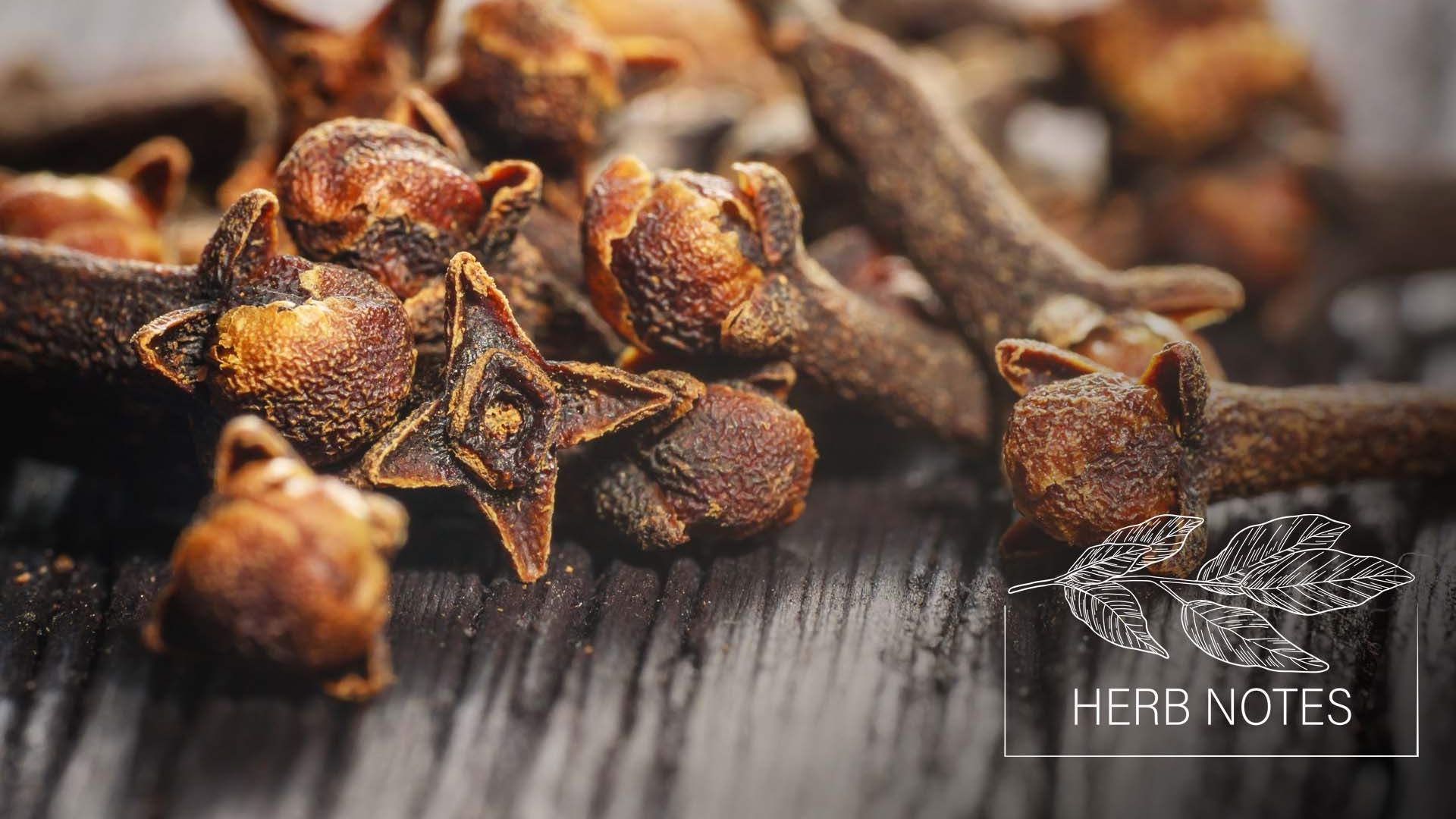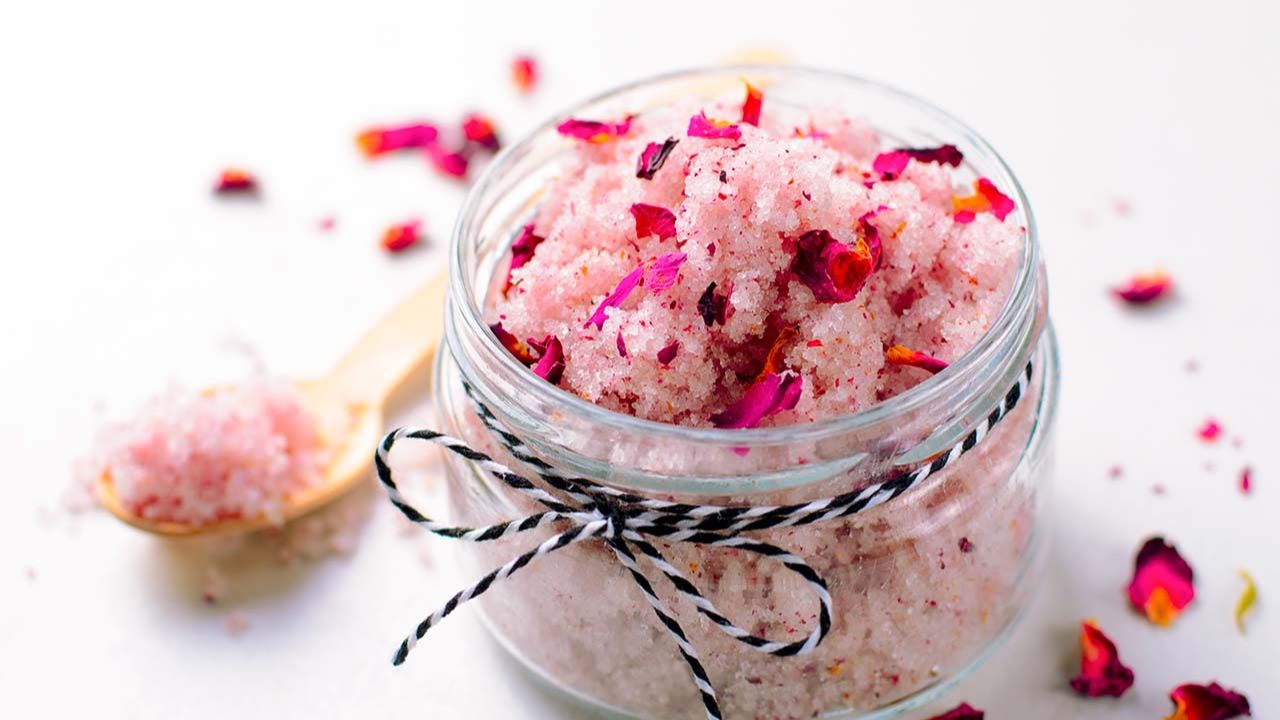
How to Make Calendula Lotion
In my hometown of Los Angeles, little rainfall and lots of sunshine makes for a climate that is hot and dry almost year-round. My already dry constitution gets easily aggravated here, and so I find myself constantly seeking deep hydration. I try to maintain a regimen of hydrating infusions, herbal bath soaks, and emollient lotions. When I neglect to keep myself hydrated, my skin doesn’t just start to look ragged, I feel it, too.
Unsurprisingly, skin health informs overall wellness since it functions as an immune organ. Keeping the body moisturized helps maintain a protective barrier that preserves cellular integrity and supports systemic immunity. Loss of this barrier leaves the skin susceptible to infection due to breakdown of its physical cell structure and from microbiome disturbance.
Why Make A Lotion?
Similar to therapies like poultices, infused oils, and salves, lotions are a fantastic option for administering healing goodness to the skin — except they are more portable, non-greasy, and won’t melt in hot weather. As topical preparations, lotions deliver the therapeutic effects of herbs locally to the skin and across the epidermal barrier.
The Calendula lotion recipe below can serve as a base for medicinal formulations, but also makes a lovely cosmetic lotion to pamper yourself or give as a gift. It is a nice alternative to expensive store-bought beauty preparations, allowing you to customize ingredients to your preferred scent or texture.

Selecting Ingredients
Typically, a lotion will be comprised of these base ingredients: water, oils, emulsifiers, and preservatives. Water is the main ingredient of any lotion. While it can be added as-is, I like to substitute a strong herbal tea or decoction to up the medicinal power of my finished product. For this Calendula lotion recipe, I’ll be adding a water-based Calendula (Calendula officinalis) infusion or tea for the liquid portion. Feel free to use other skin-healing herbs like gotu kola and elderflower, or liquids such as floral waters, Aloe vera juice, and witch hazel.
Even though the oils and butters make up a smaller portion of your lotion, they greatly impact the texture. Using lighter oils like argan or almond will give you a thinner lotion, whereas using harder butters and richer oils will result in a thicker consistency. My preference is to use a combination of sesame oil, grapeseed oil, and shea butter for their heat tolerance, low-cost, and ability to absorb quickly into the skin. No matter which oil and butters you select, be sure to use the highest quality you can find.
Just as with the liquid portion, you can infuse herbs in your oils to increase the therapeutic quality of your lotion. I have pre-made a Calendula oil using this guide on DIY herbal infused oils. A wider range of constituents from the combining the Calendula oil and water extractions, produces a treatment that has greater skin-healing, anti-inflammatory, and anti-fungal properties than it would otherwise.
This recipe calls for a generic emulsifying wax, which helps the water and oil to bind together, and gives the lotion “slip.” Cetyl alcohol is added to act as a co-emulsifier, helping to stabilize and thicken the lotion, and contribute an emollient feel. Without emulsifying and co-emulsifying agents, your product will inevitably separate. Emulsifying wax and cetyl alcohol can be purchased from soap making suppliers; the wax is also available from Mountain Rose Herbs.

Preventing Contamination
Microbes are everywhere around us: in the water, air, soil, even on and in our bodies. While most exist as benign organisms that positively contribute to our well-being, environmental changes can cause microbes to overgrow to undesired numbers or locations. As a result of this imbalance, microbes can morph into spoilage agents that create tell-tale “off” odors or colors in your products, or opportunistic pathogens that spread harmful toxins and infection.
To keep our beautifully crafted products from turning into petri dishes, we need to control for some of the factors that impact microbial growth: the availability of water, nutrients, and oxygen, as well as temperature.
Using Distilled Water
Whenever water is added to a recipe, microbial proliferation is assured. Being mostly water, lotions and creams have an exceptionally high potential for contamination. Using distilled water for the Calendula infusion not only ensures that your main ingredient isn’t a source of contamination, it reduces many of the nutrients microbes could utilize for metabolic functions.
Sterilizing Equipment
Another preventative practice is to heat sterilize all equipment to be used in the manufacture of your products. This can be done by boiling them for 10 minutes or running through the dishwasher. While sterilization removes all living organisms, eventually microbes will be re-introduced as time passes and the product gets used — especially if fingers are dipped directly into the storage container.2 One method for minimizing in-use contamination, is to use bottles with flip-cap or pump tops instead of jars with screw caps.3

Using Preservatives
We can also turn to antimicrobial agents known as preservatives to inhibit microbial growth. Without preservatives, a water-based product becomes a one-time use item that will not keep for any appreciable amount of time. Additionally, if the microorganisms growing within it are pathogenic, then your product could pose a health hazard for anyone that uses it — especially for immune-compromised individuals.
Unfortunately, there are many recipes on the internet that treat preservatives as an optional ingredient, and the solutions presented as preservative work-arounds are simply ineffective. Under refrigeration, microbial growth is only slightly inhibited; the number of moldy jam jars I’ve pulled out of my fridge this year is proof of that!
Additives such as essential oils and vitamin E are not appropriate for use as preservatives. While some essential oils (Laurus nobilis, Eucalyptus globulus, Salvia officinalis, and Rosemarinus officinalis) have been shown to have antimicrobial activity, they did so against only a select number of species or at concentrations too high for topical use.4 5 Studies have shown that grapefruit seed extract has zero inhibitory effect on microbial growth, except when adulterated with chemical preservatives and problematic antibiotics such as triclosan.6 Vitamin E is an excellent antioxidant, but also has no preservative action.
There are quite a few commercial broad spectrum preservatives available. I prefer Liquid Germall Plus because it is better performing and less expensive than other options on the market (Leucidal, NataPres, Optiphen, etc.).
If you want to skip the preservative altogether, stick to oil-based recipes like salves, body butters, and lotion bars. As these products lack water, they do not provide an environment conducive to microbial growth and are not susceptible to contamination.

Double Extraction Calendula Lotion
Follow these preparation instructions to make your own homemade healing Calendula lotion.
What you’ll need…
- 350 grams herbal water extraction, such as strong Calendula tea (see Step 1)
- 76 grams oil of your choice, such as Calendula oil
- 25 grams shea butter
- 15 grams cetyl alcohol
- 25 grams emulsifying wax
- 2.5 grams Liquid Germall Plus
- 5 grams essential oils of your choice (optional)
- Need herbs? Visit Mountain Rose Herbs.
- If using an herbal water extraction, prepare it now via your preferred method. I infused a handful of dried Calendula officinalis flowers in hot distilled water for 20 minutes, covered. Strain.
- Using a scale, weigh out the Calendula tea, oil, shea butter, cetyl alcohol, and emulsifying wax in a sterilized heat-proof jar.
 |
 |
|---|
- Using a water bath, heat the mixture in the jar to 170°F. Hold at that temperature for 20 minutes. Be careful not to overheat the oils. Use a thermometer to keep track of the temperature.
- Remove the jar from the water bath, and let cool. When 160°F is reached, use an immersion blender to blend the mixture until homogeneous. Do not overblend.
 |
 |
|---|
- When the temperature drops to 110°F, add Liquid Germall Plus and essential oils.
- Transfer to a lidded storage container. Allow to cool completely before putting the lid on.
- Store the Calendula lotion in a dark, cool place.










